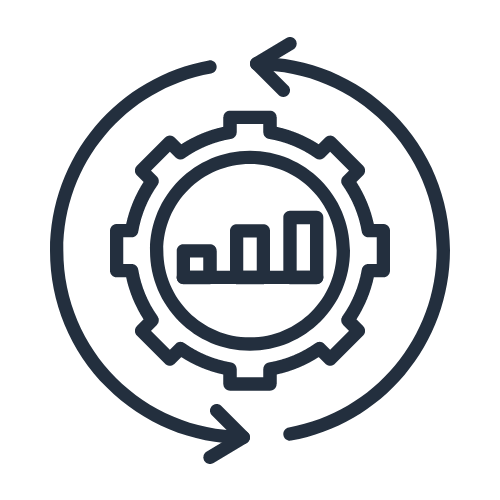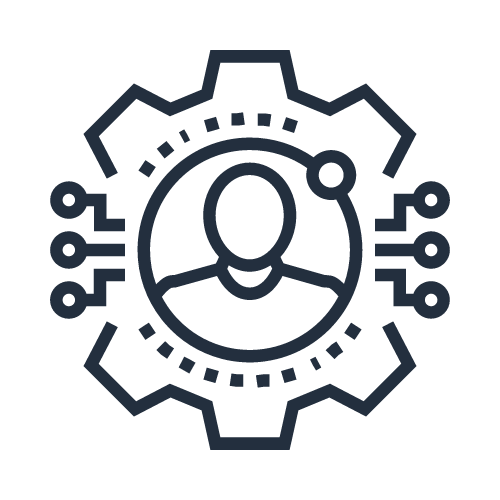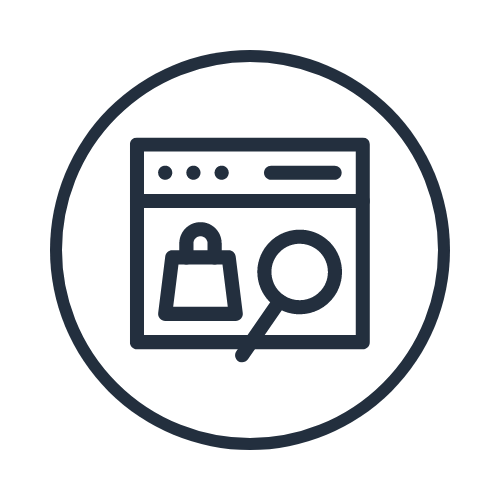The ZEISS Autoimmersion Module is both fast and exact, ensuring your data collection is accurate even when moving to multiple positions of a multi-well specimen. As shown here, researchers prepared wells with different concentrations of a fluorescently labeled protein and were able to accurately measure the binding curve to red fluorescent liposomes using fluorescence cross correlation spectroscopy (FCCS).
Red fluorescent small liposomes and different concentrations of Sar1p protein (partially labeled with Alexa Fluor 488) were mixed in a 96 multi-well plate and measured automatically over 15 hours. Krüger et al., Biophys. J. 2017. Sample courtesy of C. Haupt and K. Bacia, University of Halle, Germany

















